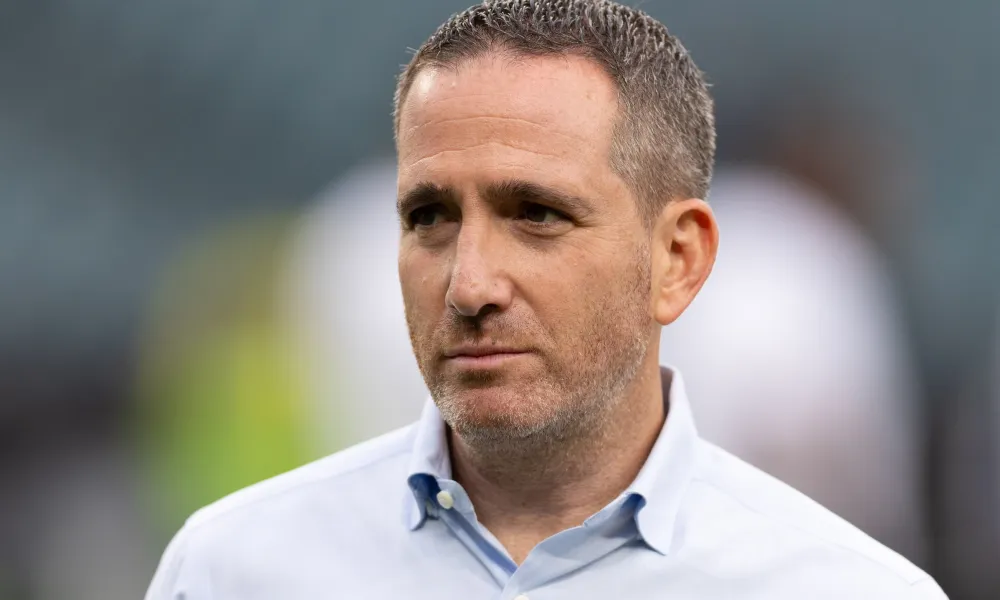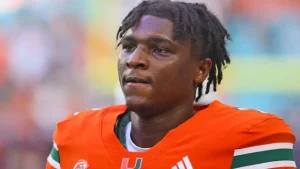
While not officially marking the beginning of summer in the NFL, June 1 held significant importance across the league this year, leading to numerous player movements and teams making substantial trades.
In NFL jargon, June 1 serves as the cutoff date for teams to see all future prorated money accelerate as “dead money” if a player is released. This resulted in teams like the Eagles and others gaining salary cap space, as any player designated for a post-June one release earlier in the year transitioned from the active roster to the dead money side of the ledger.
So, what exactly constitutes a dead money charge?
A dead money charge is a hit on an NFL team’s salary cap attributed to a player no longer part of the roster. It encompasses any remaining signing bonus proration that wasn’t factored in before the player’s release or trade. Although it doesn’t involve a cash payment, it’s a cap charge stemming from the rule that permits teams to spread a signing bonus evenly over a span of up to five years. If a player is released before the end of those five years, any remaining signing bonus proration accelerates onto the team’s salary cap for the current year.
As mandatory minicamps are in progress, we’re evaluating all 32 NFL teams based on their dead money cap space, as per Over The Cap.







